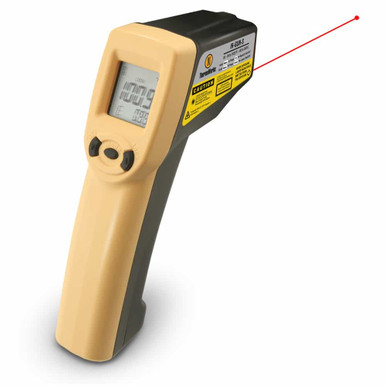Caw
Minister of Fire
Lots of good advice here. I don't really get worried about STT until it approaches 800. My stove likes to cruise between 700-750 with a nice full load of hard wood packed in on hot coals. These temps are no problem for a modern steel stove and are pretty easy to achieve with a good strong chimney. I get great secondaries, complete combustion, and good long burns. If I kept it at 600 it would stall out towards the end of off gassing and I'd end up with some charcoal from the bottom splits at the end of the cycle.
Like others have said though there's nothing wrong with being cautious about fire in your home. My first year of burning I'd have been very concerned about the secondary show and a 700 STT. Now we call that Tuesday morning around here. 🙂
Like others have said though there's nothing wrong with being cautious about fire in your home. My first year of burning I'd have been very concerned about the secondary show and a 700 STT. Now we call that Tuesday morning around here. 🙂



